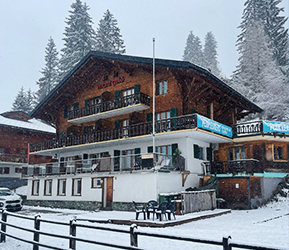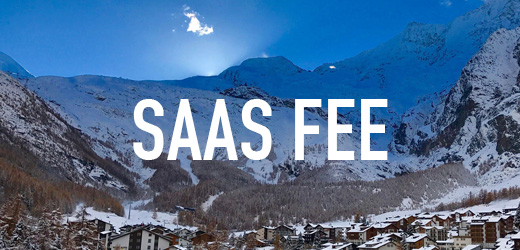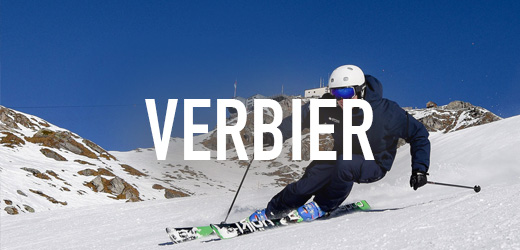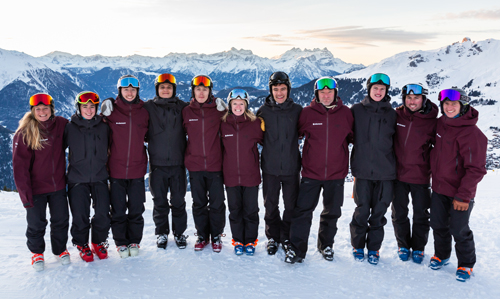(Video) BASI Skiing: Bumps & Steeps & Variables BASI Level 2
We started our “How good a skier do I need to be?” series with this blog a few weeks ago on piste skiing. It was the first in a series of blogs on what the British Association of Snowsport Instructors (BASI) has on their OfficialBASI Youtube channel for the BASI skiing Level 1 and Level 2 exams.
Here is what else is included for BASI Level 2: Bumps, Steeps and Variables.
BASI Level 2 Bumps
(Video) BASI Level 2 Bumps
Firstly, notice how the trainer stays in the fall line, or “rut line”.
What do we mean by this?
Well, staying in the fall line is skiing a more direct path down the hill – more or less a ski (or two) widths wide corridor.
Yes, it does say “ski various corridor widths” but BASI trainers rarely seem to venture much past the fall line corridor; you can ski big open turns, but more likely, you’ll be in the fall line.
And because of that reason everyone ends up then in a “rut line” – which is the path through the bumps or “in” the bumps (imagine water running through the natural valley between the bumps).
So to get good (ie to have a chance of passing the bumps) best to get practicing in the rut line.
What does it take?
Well, like the trainer demonstrates you need to be able to:
- Turn your legs/feet AND not allow your hips and shoulders to twist as well
- Keep your hands in front AND swing the pole to plant on the next bump
- Bend AND stretch your legs to match the up/down of each bump
It certainly sounds simple – but maybe isn’t quite so easy.
One thing that really helps is being able to skid the skis by pivoting it on the center point (under the ball of the foot).
The more you try and grip (edge) the skis, the harder it is to do all the three things mentioned above.
Get it right and the up/down of the bump line actually does a lot of the speed control for you.
Plenty of skidding short turns, keeping a flat ski and good “separation” (ie your hips/shoulders don’t turn int he same direction as your legs/feet/skis – it remains fairly still and unaffected), and being able to be “soft” (ie you shouldn’t be tense) with your legs/body (for matching the up/down of terrain) and mind (so you can anticipate what’s coming and decide what to do), and being firm and rhythmical with your pole swing and plant – are all good things to train outside of the bumps on a flat, easy piste.
BASI Level 2 Steeps
(Video) BASI Level 2 Steeps
What’s always tricky with steep terrain video is that it, well, never looks that steep!
Notice the little hops by the trainer at the end of the turn and how he lands in the fall line BEFORE steering an arc to control speed.
Everything is fairly gentle (the soft snow makes this run even trickier) and nothing seems rushed.
There is not so much separation (as in the bumps) because of the rounder turn shape.
But there is still separation being shown as he pole plants (more firmly in the steeps) and rotates his legs/skis into the fall line.
One key thing to master in the steeps is your mind – just as in the bumps.
This is what BASI refer to as the “psychological thread” and the more relaxed and confident you can be on steep terrain, the better you will perform.
To practice make gentle hop turns on piste (on a steep red run) and try landing you skis pointing straight down hill, then smoothly steering them back across the fall line to slow down.
Allow your legs/body to all sink towards your skis (this will help with pressure control – imagine the hill pushing back up against you rather than you pushing into the slope) and even practice “checking” the end of each turn (this is where you bite into the snow with both edges, just as your body is fully compressed on the skis turning against it, and you get a nice easy “pop” back up into the air for the start of the next turn).
Above all, be assertive and ready to move “down” the slope with each turn – avoid leaning back or reaching for the slope behind you defensively on steep terrain, that’s when it all goes wrong.
BASI Level 2 Variables
(Video) BASI Level 2 Variables
Variables (ie any snow type other on piste) is where more often than not the trainers let you loose to ski some big arcs.
Why? Well, because in the variables the skis sit “in” the snow so all you need to do is tilt them, and balance against them – and round they go!
Plus, it’s a lot of fun ripping big turns in the soft stuff (even for a BASI trainer).
Preparing for variables is a real challenge as you just need to get out and ski in all the difficult snow you (probably) don’t like.
Agility is the key skill, so any drills on piste that have you hopping, shuffling, skiing on one ski, no poles, boot buckles slightly loose will all help you tackle the variables.
Different but the same
It is good to watch all the videos – bumps, steeps and variables – one after the other, as it shows how similar the skills are for the three “strands” (as BASI calls the bumps, steeps, variables and piste skiing) really are … even if they may appear quite different.
In softer, less predictable snow you’ll need to be psychologically “up for it” to let your skis run and have the speed to get through whatever is coming at you – just like in bumps and steeps where you need to be confident and assertive over your line choice or commitment to skiing down the slope.
You need to give the skis time to turn and not rush around the arc in variables, as the tips and tails are buried in the snow – again you need to trust your skis to “do the work” just like allowing them to skid in the bumps, or finding that “pop” when you check in the steeps.
Anticipating what’s coming up so you don’t trip over the front of your skis by them diving or being slowed in the variable snow requires you to be able to “push and pull” with your ankle joint (ie moving the skis ahead or bringing them back underneath you) – this is useful not only in the bumps where the same tripping effect of the up/down bump can catch you out, but also in the steeps if you suddenly get caught a little on the tails near the end of the turn.
Getting “to the BASI Level 2” takes work
Skiing is fun – but sometimes trying to ski in a certain way might not feel much like “fun”.
On the BASI courses it is a lot of hard work to ski “right” – but stick with it because your skiing will definitely improve in the long term.










